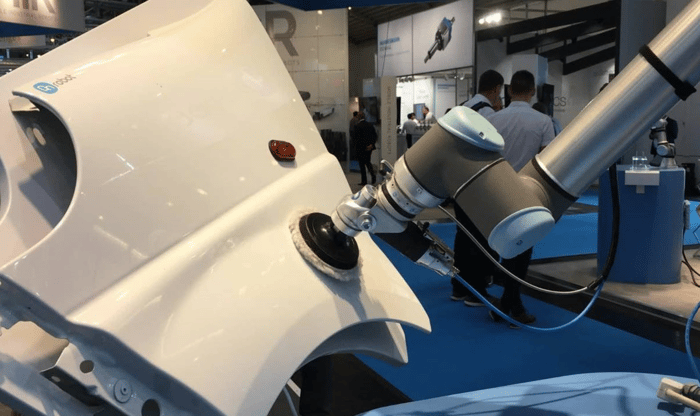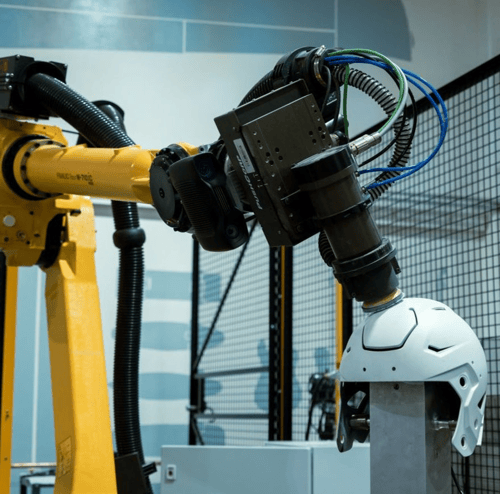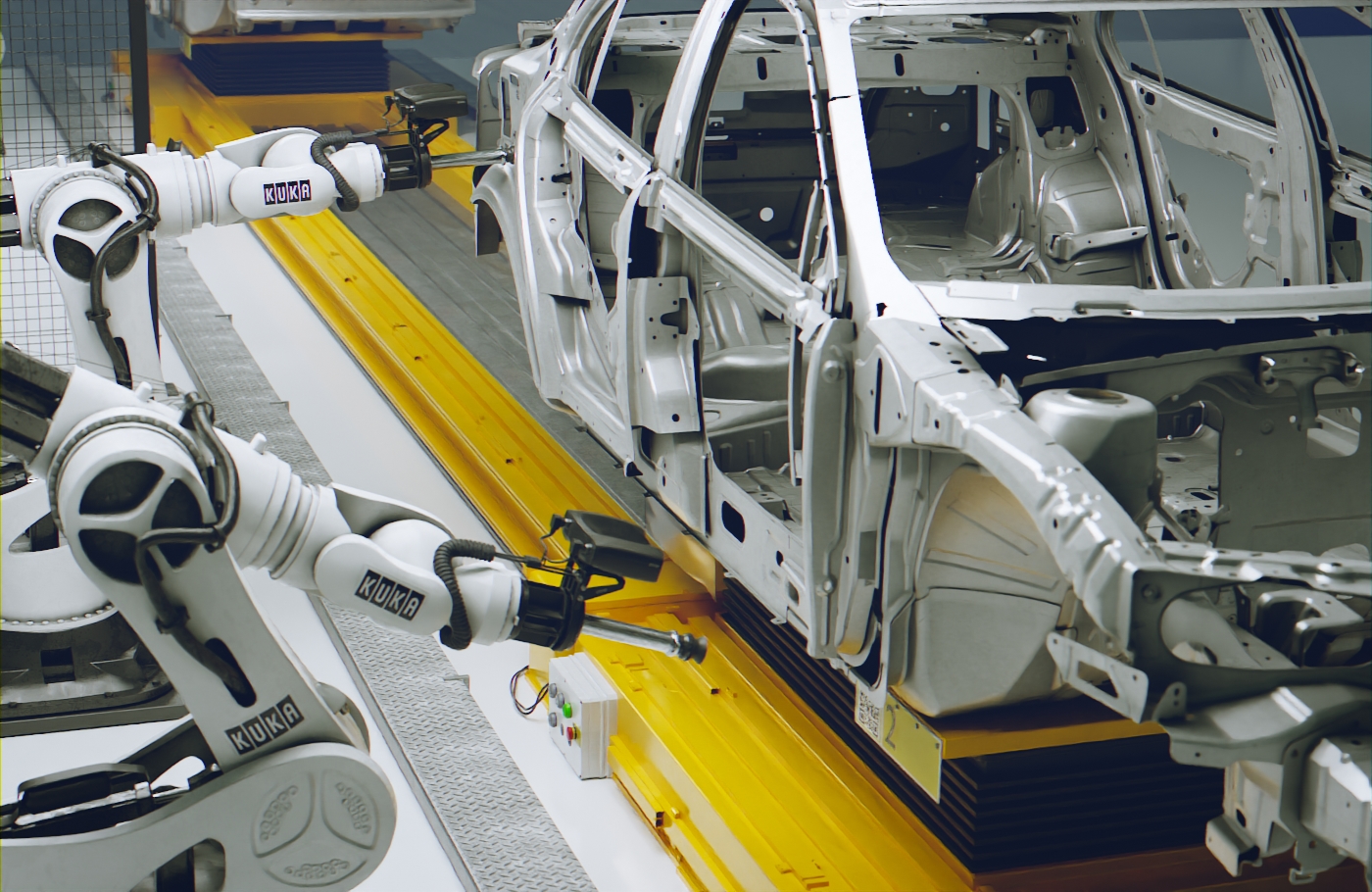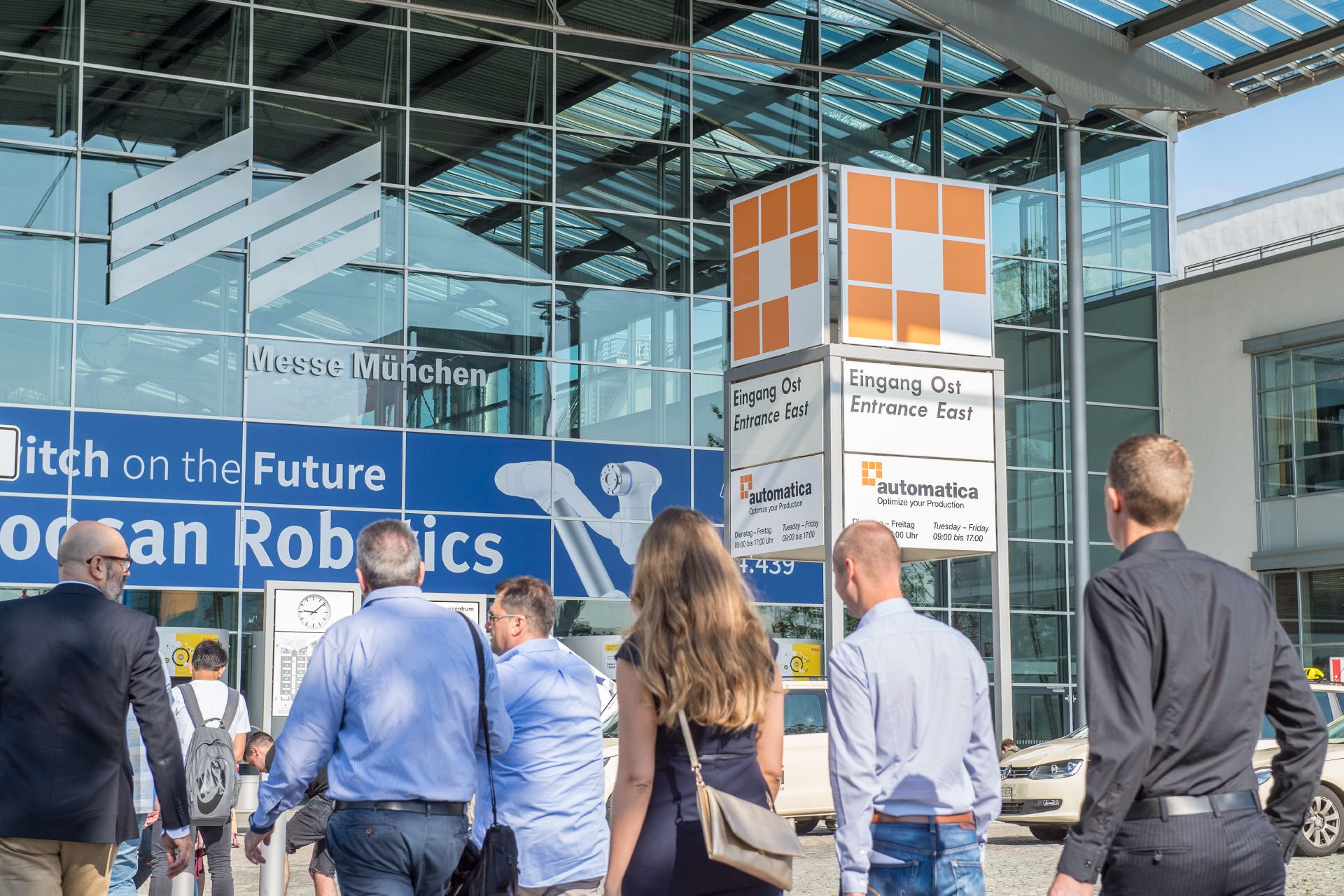Streamlining Surface Finishing with Robotic Automation
In the dynamic world of manufacturing and industrial processes, advancements in technology continually reshape the landscape. One such transformative integration is the combination of robotic automation and 3D vision cameras in surface finishing applications. This powerful synergy not only enhances efficiency but also opens up new frontiers in precision and quality. In this blog post, we'll delve into the key aspects of this cutting-edge technology and explore its potential benefits for industries seeking to elevate their surface finishing capabilities.
Understanding Surface Finishing and its Challenges
Surface finishing is an extremely varied application. This umbrella word includes:
- Sanding
- Polishing
- Painting
- Gluing
- Grinding
- Deburring
This list is not exhaustive, and it can include just about any treatment to an object’s surface. Surface finishing is a crucial step in manufacturing processes and can be a complex and time-consuming task, requiring skilled labor and meticulous attention to detail.
One of the main challenges in surface finishing is achieving consistent results. Manual processes are prone to human error, leading to variations in the quality of the finished products. Additionally, traditional methods may not be able to meet the increasing demand for higher production rates and shorter lead times.
Robotic automation offers a solution to these challenges. By automating surface finishing tasks, the system ensures consistent and precise results every time. Robots equipped with advanced sensors and algorithms can perform repetitive tasks with high accuracy, reducing the risk of errors and improving overall efficiency.
 OnRobot automotive surface finishing solution showcased at a fair
OnRobot automotive surface finishing solution showcased at a fair
The Role of Industrial Automation in Surface Finishing
Robotic automation plays a crucial role in streamlining surface finishing processes. With robotics, tasks such as sanding, polishing, and painting can be automated, eliminating the need for manual labor and reducing the risk of human error.
One of the key advantages of automation in surface finishing is its ability to perform tasks with consistent force and precision. Robots can apply the right amount of pressure and follow predefined paths, ensuring uniformity in the finished products. This level of precision is difficult to achieve with manual processes.
Robots also enable manufacturers to optimize their operations by increasing production rates and reducing cycle times. With robots working round the clock, companies can meet the growing demand for high-quality finished products while minimizing lead times. Moreover, automation allows for better resource allocation, as human workers can focus on more complex tasks that require creativity and problem-solving skills.
 Graymatter Robotics performs a polishing task using Zivid 2 3D camera
Graymatter Robotics performs a polishing task using Zivid 2 3D camera
Integrating 3D Vision Cameras and AI for Precise Surface Inspection
AI is making deep inroads across every industry and that is only likely to increase in the future. As with all AI systems, their decision-making is only as good as the data the model is receiving during inference. That's where 3D vision cameras play a pivotal role.
Unlike traditional 2D sensors, 3D vision cameras capture depth information, allowing for a more comprehensive analysis of the object's surface. This capability is invaluable in detecting subtle imperfections and ensuring a flawless finish. The integration of 3D vision cameras in surface finishing processes adds a layer of sophistication that was previously unattainable.
To ensure the quality of the results, a high-resolution, high-accuracy 3D camera plays a crucial role. By capturing detailed images of the surface and analyzing them for defects or imperfections, manufacturers can achieve even higher levels of precision and accuracy in surface inspection. These cameras can detect variations in surface texture, color, and shape, allowing robots to perform corrective actions in real-time.
Example of a grinding operation on a metal part captured by Zivid 2+ M60
Very high-performance 3D cameras such as the Zivid 2+ can deliver 2D and 3D data with high accuracy and high dynamic range to these detection and path planning models. Together these technologies have enabled the creation of robot cells that can replicate and surpass human capabilities. This has made intelligent robotic surface finishing a hot new application area in the world of automation.
Key Considerations for High-Performance Surface Finishing with 3D Vision
To guide professionals and enthusiasts alike through the intricacies of this transformative technology, Zivid has released the insightful eBook "Key Considerations for High-Performance Surface Finishing with 3D Vision." This comprehensive resource covers everything from the basics of 3D vision technology to practical considerations for implementing robotic automation in surface finishing applications.
 Key topics explored in this eBook:
Key topics explored in this eBook:
- Understanding the Fundamentals of 3D Vision Technology
- Benefits of Robotic Automation and 3D Vision in Surface Finishing
- Integration Challenges and Solutions
- Real-world Case Studies
- Key Zivid Features for Success
You May Also Like
These Related Stories

Pickit3D & Zivid: 3D Vision Solutions for the Automotive Industry

Zivid will attend Automatica 2022 as an Exhibitor
.jpg)


